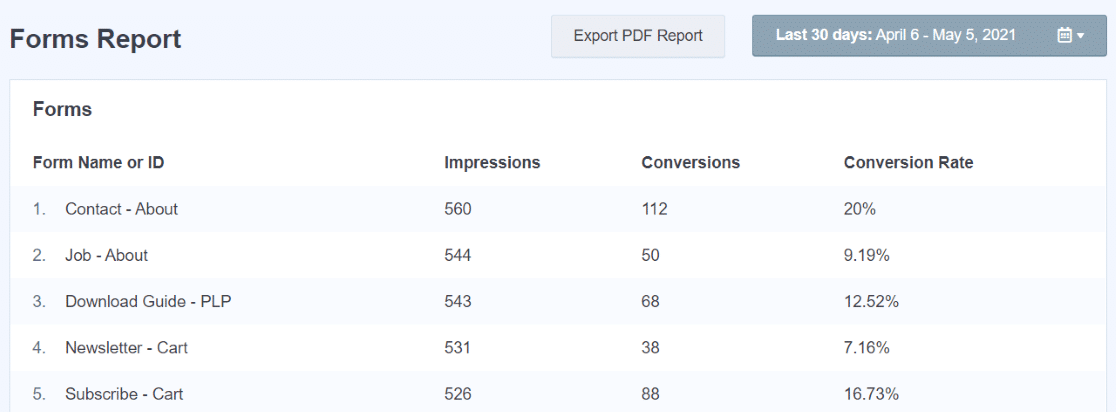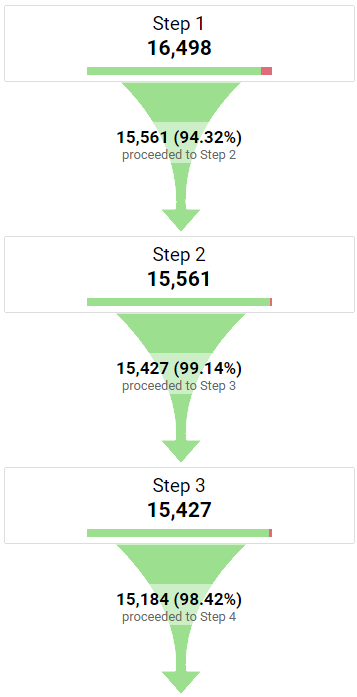Figure out What Data Is Google Analytics Goals Unable to Track
Figure out What Data Is Google Analytics Goals Unable to Track
Blog Article
Unveiling the Blind Destinations: Recognizing What Google Analytics Goals Can not Determine
In the realm of electronic analytics, Google Analytics stands as an effective device for monitoring and examining online customer communications. Understanding what Google Analytics goals can not measure is essential for obtaining a thorough sight of user actions and interaction.
User Actions on External Platforms
Recognizing exactly how customers engage on external platforms is essential for maximizing on the internet methods. Outside platforms, such as social media sites networks, referral web sites, and online discussion forums, play a considerable role in driving website traffic to a company's web site. By analyzing individual behavior on these systems, companies can obtain valuable understandings right into the effectiveness of their advertising and marketing efforts and the preferences of their target market.
One key facet of customer habits on external platforms is the reference resource. By tracking where the users are coming from, services can recognize which systems are driving the most traffic to their web site. This info can aid firms allot their resources better, focusing on the platforms that yield the finest results.

Offline Interactions and conversions
Analyzing user actions on exterior systems gives beneficial understandings right into on the internet techniques; nonetheless, considering offline conversions and interactions is just as essential for an extensive understanding of a company's total performance. While Google Analytics stands out at tracking on-line interactions, it falls brief in recording the total client journey that often consists of offline touchpoints. Offline conversions, such as in-store purchases or phone questions, play a considerable role in numerous businesses' success. Ignoring these communications can lead to an altered view of the effectiveness of marketing projects and general business performance.

Attribution Beyond Last Click
When delving right into the realm of electronic marketing analytics, it becomes important to look past the single touchpoint of the last click for a more thorough understanding of attribution. While Google Analytics supplies useful understandings right into user behavior, relying solely on last-click attribution can be limiting - what data is google analytics goals unable to track. Attribution designs that surpass the last click use an extra nuanced sight of the client trip, thinking about all the touchpoints that result in a conversion
Attribution beyond the last click allows marketing professionals to designate credit scores to various communications along the conversion course, offering a more clear image of the efficiency of different advertising and marketing channels. By checking out multi-touch acknowledgment designs such as direct, time degeneration, or position-based attribution, companies can better allot their navigate to this site advertising and marketing spending plans and enhance their techniques for maximum effect.
Comprehending the influence of each touchpoint in the conversion procedure is critical for making notified decisions and taking full advantage of ROI. By embracing attribution beyond the last click, organizations can get deeper understandings into consumer habits and tailor their advertising initiatives better.
Cross-Device and Cross-Browser Tracking

Likewise, cross-browser tracking matches cross-device tracking by catching customer actions as they switch between various internet browsers. Recognizing just how customers communicate with web sites on numerous internet browsers can help marketing experts maximize their on-line experiences to make sure uniformity and capability throughout various systems.
Qualitative Data and Customer Intent
Understanding customer intent through qualitative our website data evaluation is crucial for establishing targeted electronic advertising and marketing methods that reverberate with the needs and preferences of the target market. Qualitative information gives understandings into the 'why' behind individual activities, dropping light on motivations, emotions, and choices that measurable information alone can not catch. By assessing individual comments, comments, and interactions, marketing professionals can discover important details concerning individual intent, enabling them to tailor their messaging, content, and offerings to much better line up with what their audience is looking for.
Qualitative information also assists in recognizing the context in which customers involve with a site or app. This contextual understanding makes it possible for marketers to develop more customized and relevant experiences, inevitably driving higher involvement and conversion rates. By delving into customer intent through qualitative information analysis, organizations can get a deeper understanding of their target market, resulting in a lot more efficient advertising and marketing methods that meet individuals' assumptions and needs.
Verdict
To conclude, Google Analytics objectives have limitations in gauging user habits on external platforms, offline conversions, attribution past last click, cross-browser and cross-device tracking, and qualitative data associated with user intent. what data is google analytics goals unable Look At This to track. It is vital for services to be aware of these unseen areas in order to supplement their information analysis with other devices and approaches to acquire a much more comprehensive understanding of their target market and improve their general electronic marketing techniques
By analyzing user habits on these systems, services can get valuable understandings right into the performance of their advertising and marketing efforts and the choices of their target audience.
Examining customer actions on external platforms provides important insights right into on-line approaches; however, thinking about offline conversions and communications is just as essential for a detailed understanding of a business's general efficiency.In electronic advertising and marketing analytics, relocating past last-click acknowledgment to discover cross-device and cross-browser monitoring is essential for gaining a holistic understanding of user interactions throughout numerous systems and devices. By analyzing user responses, remarks, and communications, marketers can reveal beneficial details about customer intent, permitting them to tailor their messaging, content, and offerings to better straighten with what their target market is seeking.
By delving into user intent via qualitative information evaluation, companies can gain a much deeper understanding of their target audience, leading to a lot more reliable advertising methods that satisfy users' demands and assumptions.
Report this page